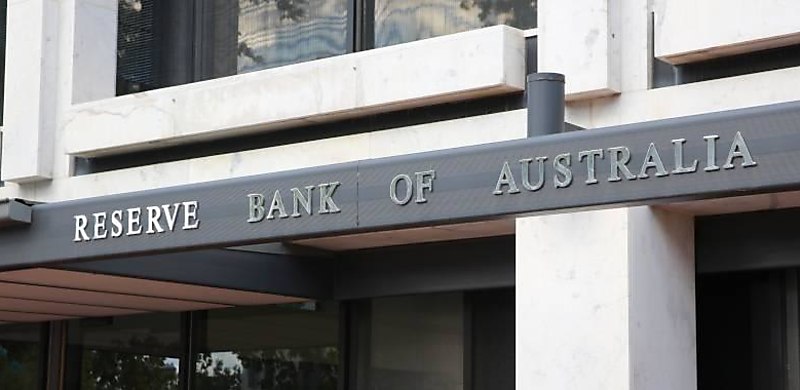
The Reserve Bank has paused the cash rate yet again as it waits to assess the impact of the previous 12 hikes.
Following its August monetary policy meeting today (1 August), the Reserve Bank of Australia (RBA) has decided to hold the official cash rate steady at 4.1 per cent.
This marked the third pause in the rate-hiking cycle since the RBA began lifting interest rates in May 2022 and the first time the bank has decided to hold the cash rate for two consecutive months in over a year (since March and April 2022).
RBA governor Philip Lowe stated following the decision: “The higher interest rates are working to establish a more sustainable balance between supply and demand in the economy and will continue to do so."
“In light of this and the uncertainty surrounding the economic outlook, the Board again decided to hold interest rates steady this month.”
Mr Lowe added that this would give the board more time to “assess the impact of the increase in interest rates to date and the economic outlook.”
However, Mr Lowe stated: “Some further tightening of monetary policy may be required to ensure that inflation returns to target in a reasonable time frame, but that will depend upon the data and the evolving assessment of risks.”
Reacting to the decision, Simon Bednar, the chief executive of aggregation group Finsure, noted that Mr Lowe had faced “intense pressure” as the central bank had repeatedly increased interest rates since May 2022 to try and control runaway inflation.
“Given that inflation levels are lower, and the economy still hasn’t absorbed the full impact of previous interest rate rises, mortgage holders would be relieved if the RBA kept the pause button on for a while,” Mr Bednar said in the lead-up to the decision.
“While inflation is still above the RBA’s target range, retail sales are weaker and any further increases to the cash rate risk putting more pressure on the economy.”
The CEO of aggregator Mortgage Choice, Anthony Waldron, said that borrowers will be pleased to see a second hold, however, a stable cash rate didn’t stop lenders from lifting rates on some fixed and variable-rate home loan products.
Mr Waldron added that recent data from the Australian Bureau of Statistics (ABS) revealed the “recent spate of cash rate rises is beginning to have a meaningful effect on inflation and on consumer spending”.
Similarly, the executive director of aggregation group Connective, Mark Haron, said the cash rate being held steady for the second time in a row “may alleviate some pressures that borrowers face amid another decrease in inflation rate”.
“However, previous sustained rate hikes might not have fully impacted some borrowers yet, and they may face potential increases in mortgage repayments, leading to financial strain and rising arrears,” Mr Haron said.
Mr Haron added that the message to brokers has always been to “communicate early and to be conscious of their client’s financial situation”.
“Brokers should use this as an opportunity to continue providing valuable services – reach out to more clients, educate them on options and effective risk management, and utilise the best technology to expand reach and streamline processes for better support,” he said.
RBA shake-up
Mr Lowe is reaching the end of his seven-year tenure and is due set to step down from his role next month.
Prime Minister Anthony Albanese and Treasurer Jim Chalmers named Michele Bullock as Mr Lowe’s successor following a cabinet meeting on 14 July 2023. Ms Bullock will enter her new role as RBA governor on 18 September and will run for a seven-year term.
Additionally, as of 2024, the RBA will hold eight meetings a year as opposed to the 11 meetings, which is currently the case.
The new meeting dates for 2024 are as follows:
- 5–6 February
- 18–19 March
- 6–7 May
- 17–18 June
- 5–6 August
- 23–24 September
- 4–5 November
- 9–10 December
Mr Bednar commented: “I believe the move from next year to have a few two-month gaps between RBA board meetings will be beneficial as it will allow the central bank more time to assess the impact of its decisions.”
[RELATED: Michele Bullock to become first female RBA governor]
 Login
Login










JOIN THE DISCUSSION
Adrian Suljanovic
AUTHOR
Adrian Suljanovic is a journalist on Momentum Media's mortgages titles: The Adviser and Mortgage Business.
Adrian has written for a range of titles under the Momentum Media umbrella such as IFA, Investor Daily and Lawyer’s Weekly before joining the mortgages team in 2022.
He graduated from the University of Wollongong in 2021 gaining a Bachelor of Communication & Media with a major in Digital & Social Media.
E-mail Adrian at: adrian.suljanovic@momentummedia.com.au